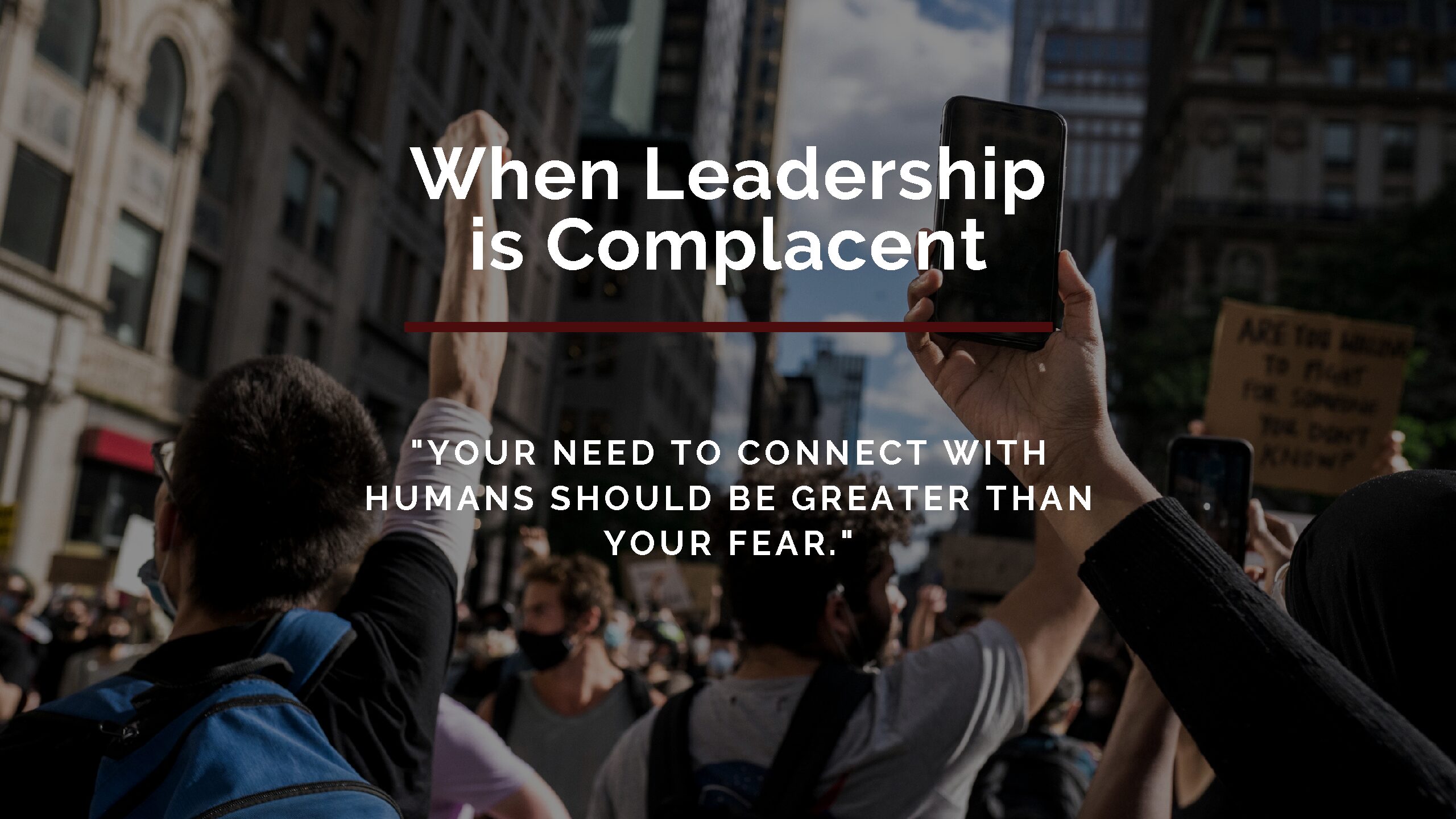
by Staff | Jan 21, 2021 | Business, Community, Diversity, Leadership
What do you do when you want leadership to take action but they’re being complacent? What do you do when you’re asking for them to take a stand and they say nothing?
In 2020, we saw people asking for change to happen. We saw people who were looking for organizations to step up and be better leaders and role models. In 2021, accountability for organizations will be the focus. Organizations will need to show that they are taking the action that they said they were going to do. With the recent events on Capitol Hill, our team members are feeling so many emotions. As leaders, it is important to address uncomfortable conversations especially when it is a human rights issue. People are looking to leaders to lead the way through the conversations and to take action. The level of safety people are needing right now is at utmost importance. Individuals are looking to be seen as their foundation is shaken. This safety and security can look like connecting with team members as individuals and creating a compelling future vision with them. The future vision will help to create hope and provide direction and focus.
People are impacted by a multitude of world events happening around us. These events include farmers’ protests in India that are impacting people who have Indian backgrounds especially from a farming family. Their ancestors and family members are standing at the front line asking for justice. Yes, the situation is in India. However, there may be team members who are distracted and feeling different emotions as their family members are marginalized there.
As a leader who may have team members who are impacted, ask them how they are doing. Ask them what is happening with the situation and if their family is safe.
All of these events have an effect on people’s emotional, physical, mental and spiritual body and we need to realize the impact it has on your employee’s and how it might bring back old emotions. Questions such as “do I belong here?” and “what does this mean for us and what does it mean for me” may be coming up in your employee’s minds. It is so important to create a safe place for your employees to be themselves, feel accepted and that they belong in the organization. They need to feel as though they are in an environment where they can share their points of view on subjects and feel safe about it.
How can your organization get involved?
There are different ways your organization can get involved in eliminating systemic racism. Things such as signing pledges and taking part in challenges can help guide your organization and create a safer environment for your employees. These pledges can also serve as conversation starters amongst your teams of ways to make your employees feel more accepted.
The BlackNorth Initiative and the 50-30 Challenge are two ways Veza Global is implementing equity, diversity and inclusion practices into the workplace.
BlackNorth Initiative
This pledge is committed to removing anti-Black systemic racism in Canada and moving towards an equitable future where all Black Canadians and other underrepresented groups will achieve their full potential, free from systemic barriers. The BlackNorth Initiative is composed of senior leaders from all Canadian companies and organizations-both from the public and private sectors.
Why be part of the BlackNorth Initiative?
The persistent inequities across our country underscore our urgent, national need to address and alleviate racial, ethnic, and other tensions and to promote the elimination of anti-Black systemic racism wherever it exists. As leaders of some of Canada’s largest corporations, signatories manage hundreds of thousands of employees and play a critical role in ensuring that inclusion is core to their workplace culture and that their businesses are representative of the communities they serve. Moreover, it has been proven that true diversity is good for the economy; it improves corporate performance, drives growth, and enhances employee engagement.
To learn more about the BlackNorth Initiative and ways your organization can get involved, click here.
50-30 Challenge
This initiative is bringing together the Federal government and organizations, researchers, corporate partners and equity seeking groups to advance gender equity and diversity in leadership across Canada.
The challenge’s meaning refers to two aspirations: 50% gender parity and 30% representations from under-represented groups ( Indigenous peoples, persons with disabilities, and members of the LGBTQ2+ community) on Canadian Boards and senior management.
To learn more about the 50-30 Challenge and to participate click here.
As leaders, we need to see everyone we work with as humans. The need to connect with them should be greater than the fear of saying the wrong thing when events happen both locally and around the world. We need to be able to create a safe space for people to discuss how they’re feeling and ways they can be supported. Speaking up and shedding light when situations occur shows that you care as opposed to leaving it in the dark and not even giving your employees a chance to speak about how it’s affecting them. It’s better to say the wrong thing rather than nothing at all. It at least shows that you care and have the right intentions.
It’s about creating an inclusive environment for your employees. We need to make them feel like they are supported and they belong in the organization. As a leader it is your responsibility to give people a safe space to express their thoughts and opinions. Learning from your employee’s experiences is what creates the diversity of thought in the workplace. Connecting through phone calls, emails and team meetings are ways you can reach out to your staff and start the conversation about current issues that may be affecting them.
Remember, your need to connect with humans should be greater than your fear.

by Manpreet Dhillon | Dec 17, 2020 | Community, Culture, Diversity, Equality, Leadership
Dear Veza Global Supporters,
It is important to set the goals, reflect and express gratitude where needed. I wanted to take this time to express my gratitude for all your support this past year. 2020 has been a year of learnings, growth, challenges, awarenesses and impact. For those within the Veza community, many of you have been great supporters in many ways. Our team at Veza, rose to the challenge when the lockdown’s happened, the anti-Asian racism increased, George Floyd was murdered and the #blacklivesmatter movement gained a second wind. We rose through supporting our colleagues through directing individuals in need to the right organizations who had stepped up. We ourselves, took a backseat while we funneled equity, diversity and inclusion work to other disproportionately represented groups who specialized in supporting Black, Indigenous and Anti-Racism. We knew for ourselves that was the right thing to do as it is a marathon, not a sprint. We wanted to remind you all too, exactly that – the work you do is a marathon, not a sprint so the impact you want to make will happen.
We were able to contribute to the conversation and our impact through having the conversations, speaking at workshops/panels, and educating ourselves on how to be better and do better. Through our own audits, advisory, training work, we were able to bring economic empowerment to disproportionately represented groups by impacting 500,000 people in 2020. We thank you for your continued support in sharing our services so that we could create this impact.
In this last year, we have had a number of memorable highlights that kept us going. We relaunched the ASCEND program for skilled immigrants with the Immigrant Employers Council of BC.
We worked in partnership with HR Tech Group to create a Diversity and Inclusion Hub of curated over 300 equity, diversity and inclusion resources. Through this partnership, we audited various tech companies to help them understand where they are on their EDI journey and their path forward.
Our team created a number of resources to help individuals and organizations to be more inclusive.
We worked closely with the Women’s Enterprise Centre Team to support immigrant women entrepreneurs in the province in terms of peer mentoring, funding and resources.
We had the privilege of working with Community Future’s Entrepreneurs with Disabilities program and coached a few of their entrepreneurs on their business ideas.
We worked with some outstanding individuals who are so committed to creating inclusive cultures in various industries from not for profit, tech, real estate, restaurant, government and law enforcement.
What to look forward to in 2021
In the upcoming year, we are looking forward to continuing our equity, diversity and inclusion work and impact. We have some exciting new announcements of programs coming out this year.
Thank you to each of you for helping us make the impact that we are working to make. There are so many people to thank for this journey, each of them contributed in their own way.
Warmly,
Manpreet
CEO/Founder
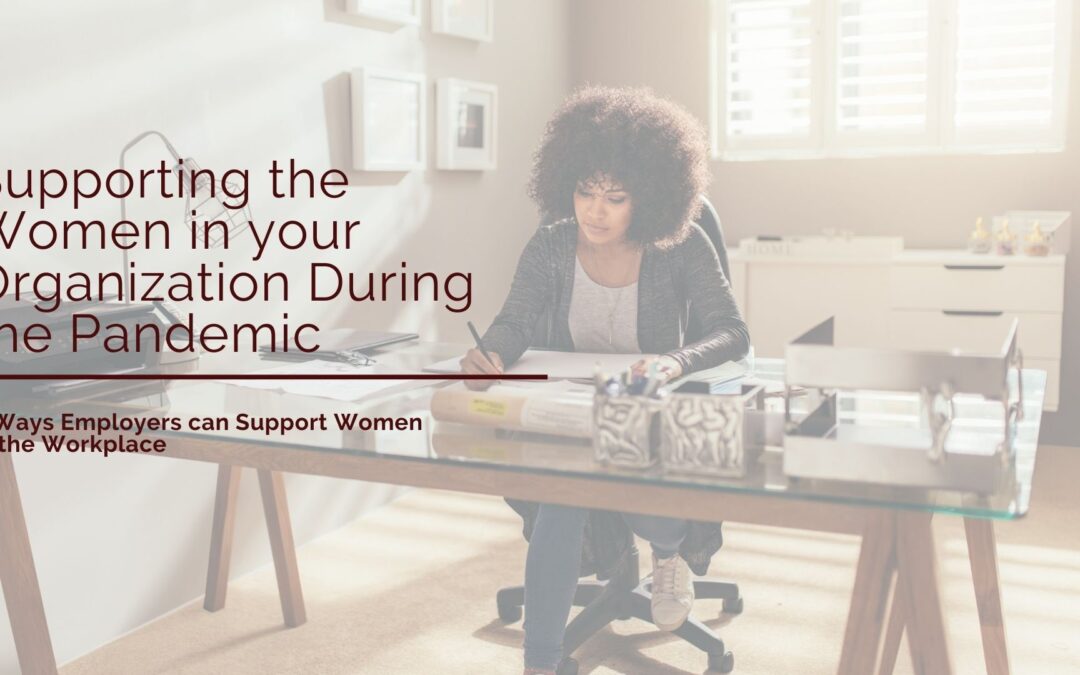
by Staff | Nov 26, 2020 | Business, Community, Diversity, Equality, Leadership, Management
To say that this year has been tough for everyone is an understatement. The Covid-19 pandemic has touched every single person in the world and has unapologetically changed everyone’s lives for the foreseeable future. From wearing masks at the grocery store, waving to your friends and family from a two metre distance, and saying “sorry, my wifi cut out” in zoom calls, are all aspects of everyday life that have changed. However, specific groups have been more affected than others. Women and specifically women of colour have been particularly affected by the pandemic. Senior level women are 38 percent more likely to mentor one or more women of colour compared to 23 percent of men. If we let women leave the workforce, this could have detrimental effects on an organization’s profits and overall work culture that we simply can’t afford.
The challenges women face in the workplace have only intensified in the last six months. Many of these women are working mothers and are now working a “double shift” while balancing their careers, children and keeping up with their homes. As a result of this work/life imbalance, one in four women are contemplating leaving the workforce and leaving behind years of hard work. However, this is extremely alarming for corporate America.
Companies risk losing their women in leadership positions and unwinding all of the progress to implement gender diversity in the workplace. However, this presents itself as an opportunity for organizations. This is the time organizations need to invest in their talent to ensure women have the resources and flexibility during these times to ensure that they don’t leave the workplace. Employers need to foster a sense of nurture culture where women have an equal opportunity to fulfill their potential and career goals.
Losing women in the workforce would translate into a significant financial loss to companies. According to the research, company profits and share performance can be almost 50 percent higher when women are well represented at the top. Alongside the profit, women also carry a lot of importance when it comes to creating a positive work culture, employee-friendly policies, and champion racial and gender diversity.
6 Ways Employers can Support Women in the Workplace
- Make work more sustainable
Adapting the everyday work-life is essential when supporting women in the workplace. Employers might want to look at the productivity expectations before Covid-19 and adapt them to be more realistic. This might encompass resetting goals, narrowing project scopes or extending deadlines. Another way organizations can support employees is by offering “Covid-19 Days” to give parents a chance to catch-up with their home life or a day to simply recharge.
2. Reset norms around flexibility
The pandemic has made it harder to strike a good work-life balance as employees might always feel like they are “on”. One way to help improve the balance is to establish set hours for meetings and responding to emails. Leaders can also communicate their support for workplace flexibility to help mitigate the feeling of “always being on” and that it is encouraged to take advantage of flexible work options. When employees believe their employers are supportive of their flexible practices, they are less likely to consider downshifting their careers or leaving.
3. Take a close look at performance reviews
Performance reviews are a great tool to help gauge how your employees are doing and rewarding their contributions. However, with the shift to remote work, new challenges have risen and the old criteria before Covid-19 may no longer be applicable to today’s environment. Employers can relieve stress by making the performance criteria more attainable to help prevent anxiety and burnout. Ultimately, this can help with overall performance and productivity.
4. Take steps to minimize gender bias
Throughout this pandemic, biases against women have been amplified and have shown up in new ways. Either kids playing in the background of zoom calls or co-workers assuming their colleagues are doing less work due to taking care of their children while working from home. Since there is less visibility into the day-to-day there leaves room for bias to creep in.
In order to mitigate the biases women face, managers need to ensure that their employees are aware of them. Employers should speak publicly about the impacts of biases, especially during the pandemic. Bias training and tracking promotions between genders is a good way to track if men and women are being treated fairly.
5. Adjust policies and programs to better support employees
Due to the pandemic and its changes to “normal life”, organizations have extended policies and benefits to help support their employees. Resources for mental health and homeschooling are examples of what organizations have in place to help with the new adjustments. As an employer, ensure that all your employees are made aware of the resources that are available to help them during these challenging times. Organizations should also determine if their resources and benefits are addressing the employee’s needs and reallocate time and money for the challenges your employees might need support in.
6. Strengthen employee communication
When shifting to remote work, communication with your employees is critical to ensure that they still feel connected with their managers and peers. One in five employees have consistently felt uninformed or in the dark during the Covid-19 pandemic. Leaders and HR teams should have regular communication and be empathetic towards their employees to make sure all team members feel valued and understood. It has been shown that this practice can reduce anxiety and build trust among teams.
Ensuring that women in the workforce don’t fall through the cracks is essential during the Covid-19 pandemic. All practices have to adapt to these unprecedented times to allow for more flexibility and understanding in the workplace. We have to ensure that we strive for gender equality in the workplace and that we have women paving the way for the younger generations. We have to look at each other as human beings and not just robots that work from 9 to 5. This pandemic is something that no one has ever experienced before and we are all learning how to maneuver through it the best way we can. Organizations need to adopt more flexible and accommodating practices to make sure all their employees can thrive in this new environment.

by Staff | Nov 12, 2020 | Business, Coaching, Community, Diversity, Leadership
Our current socio-political climate has shined a glaring light on the necessity for large scale change across organizations of any size when it comes to equity, diversity and inclusion (EDI). Most companies however, face the same issue they always have when working with qualitative features of social systems.
How do you make things tangible?
When implementing change in an organization, it can be hard to find a starting point, especially when it comes to tackling social systems in the workplace. However, being able to add tangible value to these concerns can make for a good start. Ways to make EDI tangible is using metrics to quantify the levels of engagement in EDI in the organization. Using metrics will help you find a starting point in your organization’s journey and will help your managers stear in the right direction. The best part of using metrics is that they can be used across all of your organization’s departments and can act as a benchmark for your EDI journey.
How do you justify the time, effort and investment in ways that make business sense?
Organizations are always going to ask themselves “Is this even worth it.” The answer is yes. Diverse companies make better decisions 87% of the time, are 35% more likely to have above average profits, are more productive, innovative and attractive to investors and customers. Employees of diverse backgrounds and abilities can reduce risk by 30% while improving innovation by 20%. Implementing diverse practices makes business sense. Having EDI fosters more creativity to help with problem solving and can ultimately improve an organization’s bottom line through breakthrough innovations. Not only can it improve your organization’s productivity, it can also impact the overall culture in a positive way that makes your employees feel safe and included to share their perspectives.
Organizations have always had trouble dealing with these questions even in a broader people sense, now including new budget items around EDI need to be justified and warranted.
This is why industry leaders today put an increasing emphasis on measuring, analyzing and implementing a data-driven, quantifiable approach to EDI, giving it the same level of analytical thought as other technology-heavy functions like finance and supply chain.
The problem here is the difficulty in accurately and meaningfully quantifying these unique, ambiguous and subjective features that set EDI apart from most other functions. Most small and medium enterprises that lack the technology, systems and data aren’t even sure of where to begin. Hopefully, this article will help with that first step.
EDI metrics can be broadly classified into 3 categories – Diagnostic, Tracking and Prediction.
Diagnostic metrics are the most fundamental ones that directly determine the success of the other categories. These parameters help explore, quantify and shine a light on the potential focus areas for interventions. Some are common across most organizations, such as:
- Diversity ratios
- Employee engagement and retention metrics
- Hiring and recruitment pipeline metrics
- Compa ratios and benefits
- Standardized exit interview data
- Employer brand.
Others would be more specific to each organization based on its location or industry. For example, language might be an important diversity metric in European offices, while race and ethnicity might be more crucial in North America. The purpose of these metrics is to provide a blueprint and starting point for your organization, the data of which can then be used to start asking the right questions.
Once these questions have been asked, Tracking metrics come into play. How do you know whether your questions are accurate and what is your frame of reference? What are the standards to which you hold each parameter? Benchmarking plays a key role in this stage to provide each organization with the context and guidance it needs. When interventions are decided based on your diagnostic metrics, tracking parameters would include measures like participation rates in training programs, membership rates in ERGs and mentorship groups, and employee feedback data. These metrics will help steer the course of your interventions and adapt them to best suit your organization’s needs. Having a benchmark allows your managers to have a starting point in the EDI journey.
The final and most challenging category is prediction metrics. These can be thought of as return on investment, but aren’t simply limited to financial returns. In order to understand how well your interventions are doing, you must most often draw insights against time. Trends across months or years help provide a bird’s eye view of the progress being made by the organization and in turn help predict the most probable outcome. These predictions can be as simple as a regression line that predicts the re-hire budget saved through diversity retention, or as intricate as complex supervised learning models that predict which employees are at a risk of getting disengaged. A major variable to keep in mind here is that ethics and moral decision-making must always trump the ever increasing need for more accurate information.
When starting or continuing your organization’s EDI journey, finding that starting point can be the most challenging and daunting part. This is where Veza helps. Veza and its team of EDI experts will help guide your organization through its EDI journey through our Assessment. The Assessment gives your organization the necessary metrics on all aspects of the business to ensure that your EDI journey is measured. Our Maturity Model is used to gauge where your organization is on its diversity journey. The model helps identify the level of investment the organization is making to attract and retain underrepresented groups as employees, suppliers, or customers.
To get a snapshot of how your organization is doing for inclusivity, Veza offers a free Self Assessment. This free Self Assessment will give your organization an insight of areas for improvement in its EDI journey. However, if after taking the free Self Assessment is leaving you wanting more, you can take the plunge into Veza’s Full Assessment.
Click here to take Veza’s free Self Assessment!
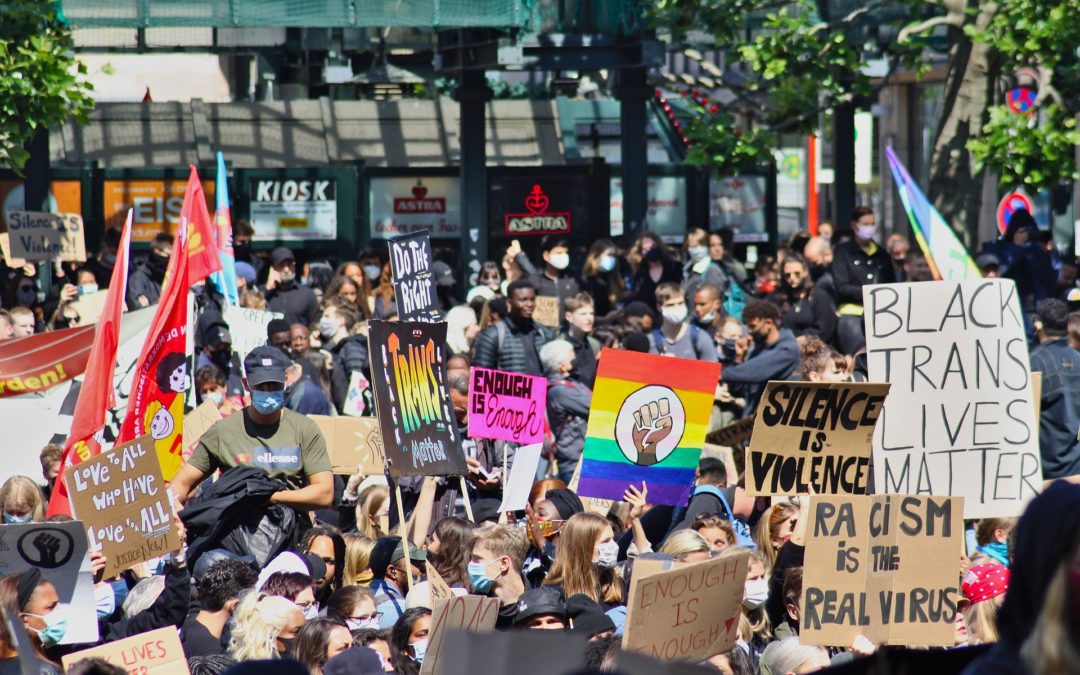
by Staff | Oct 15, 2020 | Diversity, Equality
No Burning Buildings for Her
Our neighbours to the south have taken center stage in global media yet again. With dramatic imagery of riots and burning building over the racially motivated crime and police brutality filling our news feeds and headlines, there is a need for pause and need for Canadian reflection. Are we as innocent as we would all like to think?
Since the murder of George Floyd in May of 2020, racial violence has been at the forefront of everyone’s minds. Canadians, and subsequent media outlets, have taken a unique stance on the violence south of the border. Thirty-seven million of us have sat on our high horses and looked down at our closest ally and trading partner, acting as if we have nothing to hide and could not possibly be as blatantly racist and violent as them. We could not be more wrong. The media has painted the United States as a chaotic and foreign place in the Canadian press, capturing every minute of the riots and exclusively covering US-based human rights violations. The states are so crazy; how could they possibly not have this under control? How can their people stand for this?
We couldn’t possibly allow such heinous crimes here, right?
Think again.
We have collectively turned a blind eye to the national human rights crisis right in our backyard. That is right. A national human rights crisis in Canada that is drawing international attention from other United Nations members. Our indigenous women and girls are being attacked at an alarming rate, and no one seems to care. That is unless you are one of the multiple organizations and governing bodies that seem to be sweeping this under the rug. This is not a small problem, nor a new one. Statistics Canada conducted a study in 2009 and found that Indigenous women were three times more likely to report violent crimes from either strangers or domestic violence. That is if they can report it; that same study also found that Indigenous women are seven times more likely to be a victim of homicide than other racial profiles. This systemic racism is also prevalent in, you guessed it, our police force. Even though Indigenous women make up only 6% of Saskatchewan’s population, they account for up to 60% of the missing person’s cases.
These staggering statistics have two possible explanations. The first being that these crimes are racially motivated and are carried out as hate crimes against the Indigenous population. The second, and much more chilling, is the realization that these women are specifically targeted as victims of violent crimes because the perpetrator believes that they can evade prosecution for their crimes as it is highly likely that the victim will be discriminated against in the judicial system. Perpetrators are selecting Indigenous women as victims because society has proven that we do not seek justice for these women with the same conviction as we do victims of other races. And do not think that Justin Trudeau has this crisis under-wraps. Humanity organizations have brought the issue to the United Nations Council. Twenty-four separate countries voiced concern for Canada’s indigenous women. Few of which, including New Zealand and Switzerland, have called for a decisive plan to be made to protect these Canadian women. Canada did not acknowledge the need for change.
Further, three different international human rights organizations have made trips to Canada to at least in part investigate the crisis. Yet we, as a country, continue to show that we are indifferent to the crisis. Our national hubris prefers to demonize the United States for their appalling lack of government intervention about the racial human rights crisis. At least their people recognize the problem. This national human right crisis has hypocritically been skipped by many of the major news outlets as they cover the soap opera in the United States. We have ignored this messy crisis, resisting accepting that everyone has a part to play in this problem.
This hypocrisy can be seen in the workplace. Our workplace culture must change if we are to save our Indigenous women. We must become more accepting and demonstrate our commitment at a corporate level in our hiring, diversity strategies, and our corporate social conscience to investigate any potential connections to the violence. Organizations must ensure that they are not unknowingly supporting this crisis financially. We must advocate as companies and people to change our culture in and out of the office and prioritize these women’s safety. It is the corporation’s responsibility to educate themselves on the battle’s Indigenous women face in the workplace.
Leveraging a more inclusive recruitment process can be the first step in creating a more accepting environment for these women. Things like adding a wage range, creating a buddy system or reviewing company policies are steps in the right direction to ensure we are being inclusive to everyone, especially Indigenous women. Having the opportunity to thrive in the workplace would give these women the chance to escape poverty and violence in their communities.
Our Indigenous women need the support and protection of their nation. Canadians need to do better. Our systemic racism has landed many Indigenous women in inescapable poverty and precarious situations that put them at high risk for violence. We need to give these women the ability to escape these dangerous situations through education and work opportunities. Support from companies and people alike to make Canada the inclusive place we claim to be could not be more needed right now for the women who started our nation
A significant factor in the crisis is the failures of outdated police procedures that do not consider the alarming and disproportionate rate at which our Indigenous women are going missing. We need to ensure that crimes are being investigated with the same tenacity concern as any seemingly connected violent crimes. These are not random attacks. Our judicial system is failing our Indigenous women through deep-rooted racism and marginalization. These attacks are happening at such an alarming rate that we can not stop at jurisdiction lines. This is a problem across the nation, and our law enforcement procedures fail to consider this.
Canada has an immediate need for a coordinated nationwide effort and action plan to stop this human rights crisis in our own homes. We need it, and we need it now. We can not continue to look at the United States as if we have any moral high ground. We are allowing the slaughter of an entire peoples right under our noses yet shaming the United States and holding rallies with thousands of people for a single man thousands of kilometres away. But we turn our backs when our people need us? We need to show that this is the news we care about and the policies we all need to care about before it is too late.
It is already too late for hundreds of Indigenous women and their families.
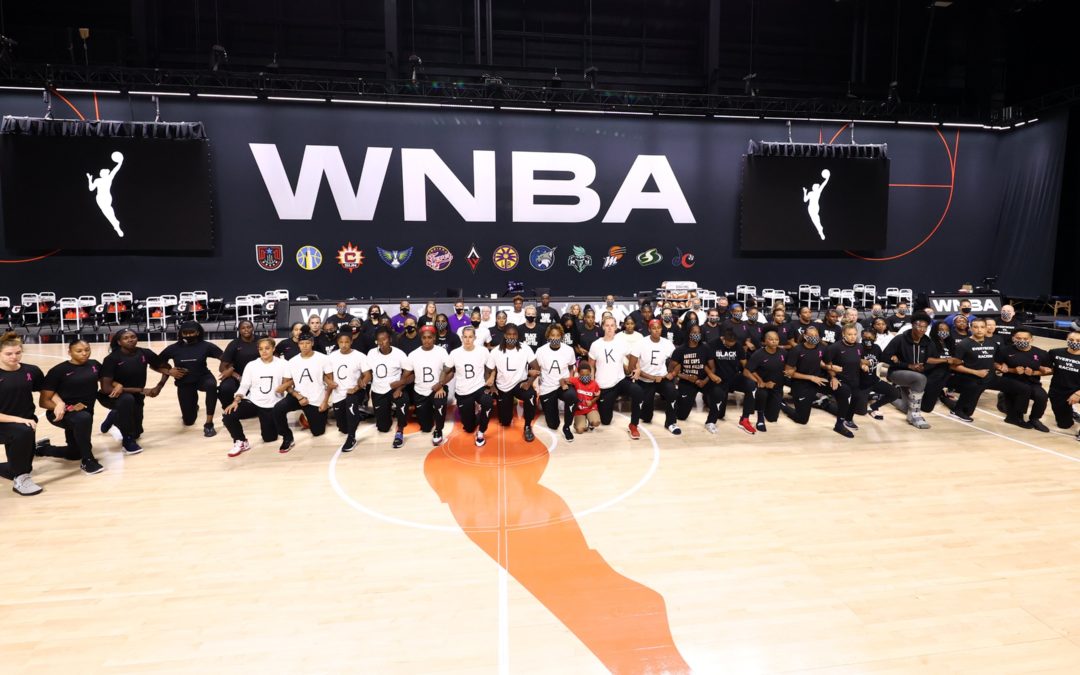
by Manpreet Dhillon | Aug 27, 2020 | Diversity, Equality
It was a historic day, August 26th, 2020. It is days like this that the energetic shift in the world is felt. Where the butterfly effect becomes apparent where we know that one action can have a ripple effect in other parts of the country and the world. It was the day that we saw individuals that millions look up to take a stand to create change in the world. It was the day we saw games in the NBA, WNBA, MLS and MLB canceled as the players felt more needed to be done in the #blacklivesmatter revolution.
This day showed us that a decision, an action, taking a stand can matter. It doesn’t matter the size of your platform, you can still create change. You do have a responsibility if you do have a platform to create change.
Over the last few months, I have heard clients tell me that their employees said that the black lives matter movement had no place in their business while others called out their leaders and team members for not doing enough.
This is time to know we all have a part to play in doing something. We all have a part to take action as it is a human issue, not a political issue. Humans are being killed because they are being profiled, they are being judged for their exterior, someone is forgetting that the blood that runs through the veins of the victim is the same color as the blood that runs through the veins of the murderer.
I grew up with the uttermost respect for authority as that is what I was taught. People with authority included those in uniform or positions of power. Time and time again, we hear where people are abusing their power. It is not each of them. There are many of them who are keeping the communities safe. Many of them are doing the best that they can. The issue is the ones who have a hatred for another group of people, those are the ones I am talking about. That hatred is then passed along to their children, their neighbors and their friends. Hatred spreads the same as love. It can be a poison that is fed on fear of the unknown, the fear of someone being different, the fear of feeling out of control.
This same hatred and fear shows up in our workplaces, in the bias that are held, the unequal power structures and systemic oppression. The solution to this fear and hatred is multi-faceted. It is education. It is the awareness. It is acknowledging and calling out when something or someone is violating the human rights of another. It is creating systemic change in how we challenge the economic structures that further create inequality. It is bringing justice in the name of those who can not fight for themselves. It is showing up each day to do better and be better.
What I am saying has all been said before. I know. I just hope that through reading this one person will realize that there is room for improvement in their own lives. That they can educate themselves on how they may be perpetuating racism or where their bias is when it comes to who they interact with, hire, and promote. That they realize they have a voice that they can use to speak up for those who can not speak up for themselves. That they realize that they can give an opportunity that does not exist for someone else as they would never have access to it. These changes are what will bring justice, and make August 26th a day where the ripple effect was felt for generations in the future.

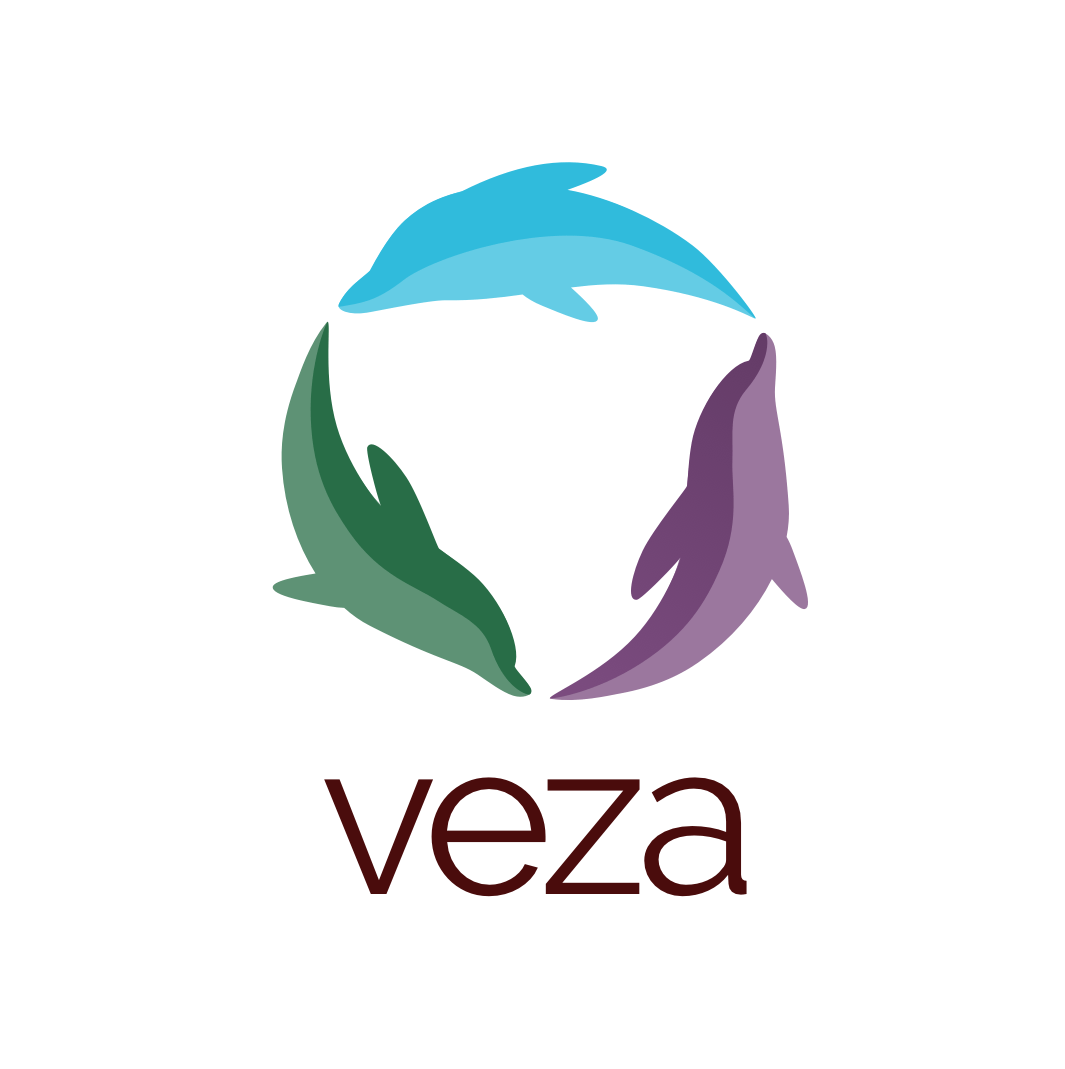






 Ishu Kler is a photographer and Social Media Manager at Veza Global. She currently owns and operates a freelance photography company called Ishu Kler Creative where she specializes in branding, portrait and event photography. Born and raised in Vancouver, B.C., her love and passion for photography led Ishu to travel and live in New Delhi, India, where she obtained her Diploma in Photography. She also travelled to Costa Rica in 2015, where she obtained her Certificate in Documentary Photography from Photographers Without Borders.
Ishu Kler is a photographer and Social Media Manager at Veza Global. She currently owns and operates a freelance photography company called Ishu Kler Creative where she specializes in branding, portrait and event photography. Born and raised in Vancouver, B.C., her love and passion for photography led Ishu to travel and live in New Delhi, India, where she obtained her Diploma in Photography. She also travelled to Costa Rica in 2015, where she obtained her Certificate in Documentary Photography from Photographers Without Borders.
 Kelsey is a passionate Multimedia Designer & Communications Specialist with a diploma in Multimedia Production and over nine years of diverse design experience in different areas of the world including roles within multinational in-house marketing teams Microsoft and Technetix, marketing agencies and freelance. These experiences have led her to develop strong use of design principles, skills in Adobe Creative Cloud, knowledge in motion graphics and video editing, and knowledge in creating effective communication for a wide range of audiences and cultures.
Kelsey is a passionate Multimedia Designer & Communications Specialist with a diploma in Multimedia Production and over nine years of diverse design experience in different areas of the world including roles within multinational in-house marketing teams Microsoft and Technetix, marketing agencies and freelance. These experiences have led her to develop strong use of design principles, skills in Adobe Creative Cloud, knowledge in motion graphics and video editing, and knowledge in creating effective communication for a wide range of audiences and cultures.




